.webp?2025-12-17T15:00:29.367Z)
Spotify Wrapped ideas make stats lovable
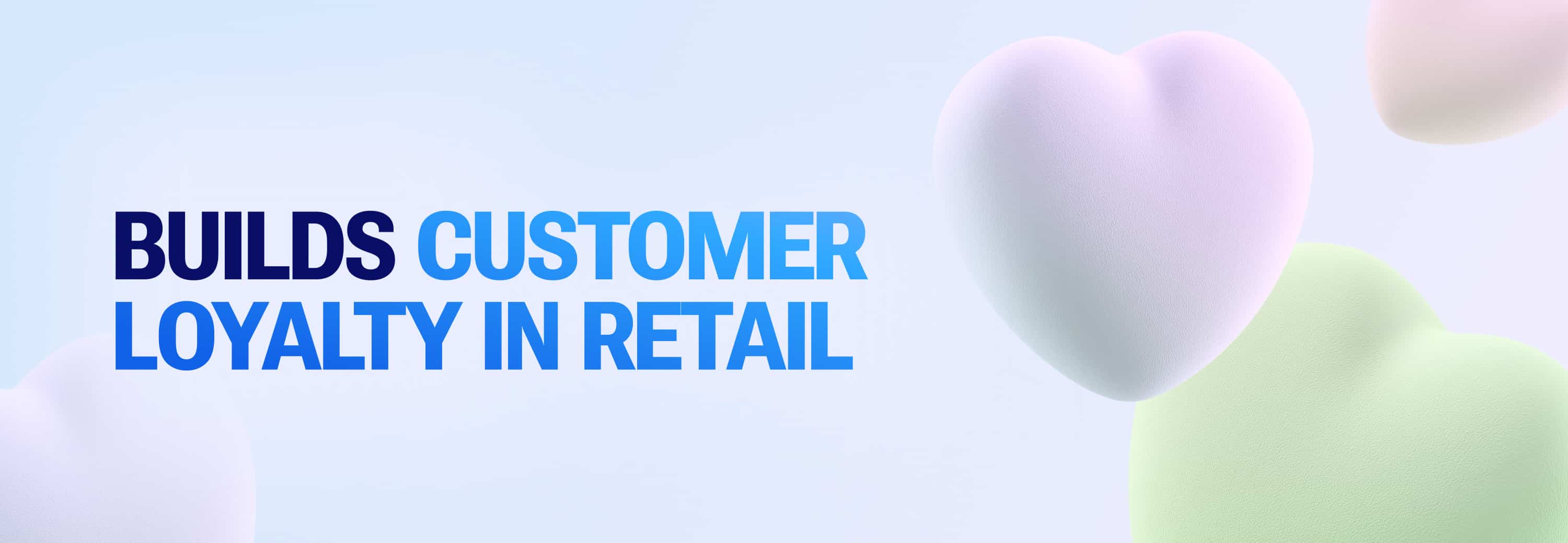
How to Build Customer Loyalty in Retail
Karina
Author @ InAppStory
Customers join many programs but actively use only a few. In 2024 US consumers held about 19 program memberships on average, according to the Bond Loyalty Report. You must earn a place on that short active list with clear value on the home screen and one obvious next action.
TL;DR
Loyalty grows when your app delivers value in the moment. Build a visible loyalty home. Use short in-app stories for guidance and offers. Add light gamification for repeat visits. Personalize with small signals. Measure the full loop from view to repeat order. According to McKinsey, brands that do personalization well see average revenue lift in the 10 to 15 percent range, with company results spanning 5 to 25 percent.
Step 1. Define a value exchange users feel on day one
Loyalty weakens fast when the experience disappoints. Nearly half of consumers say poor service erodes loyalty and similar shares cite quality and pricing as reasons to switch. Start with simple benefits the user can feel today.
How to do it in your mobile app
Create a loyalty home inside the app. Show points, perks, and one next action. Reserve a hero slot on Home for a single benefit. When it fits the journey, place a product card in that slot with price and an Add to cart button to remove a step to basket.
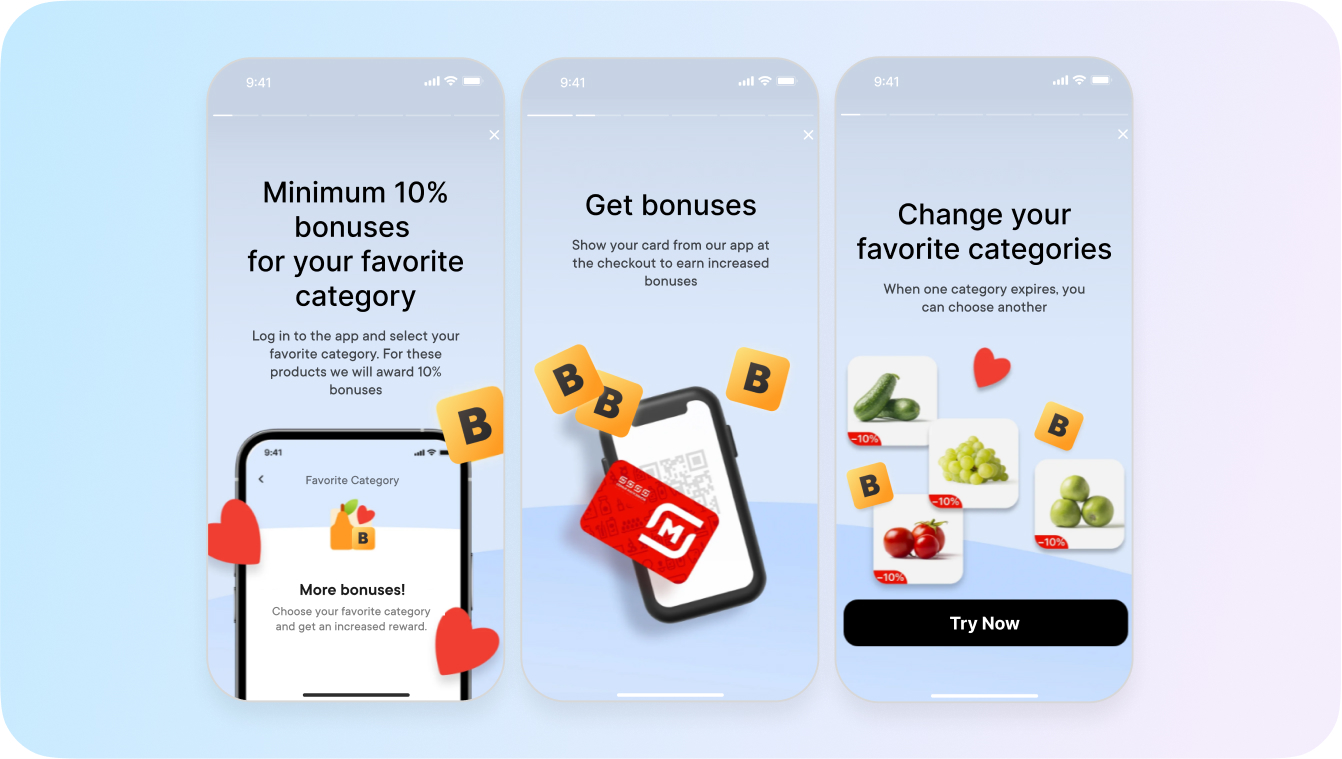
METRO app moved from static screens to in-app stories and saw 52% of users open stories, +37% conversion rate, and +34 seconds session length. Visible value on the first screen changed behavior.
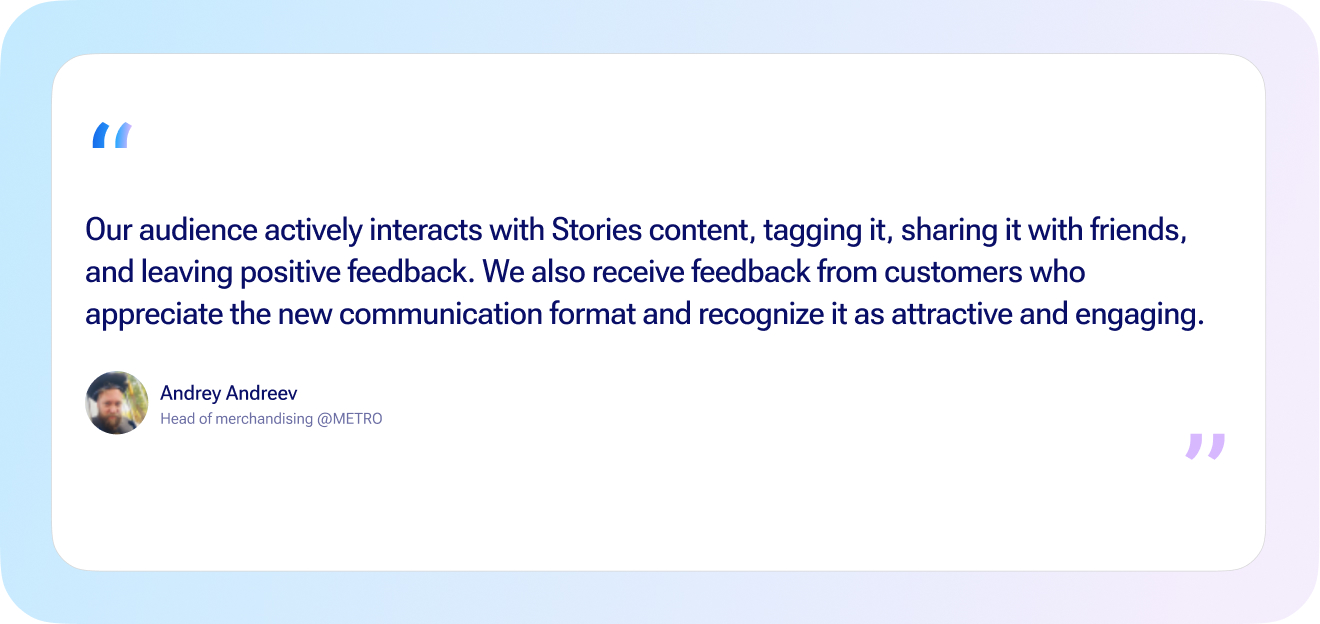
Step 2. Personalize with light signals, not heavy CRM
Personalization changes behavior in apps. 52% of consumers say they will use an app more often when messages are personalized, not generic. That is an immediate retention lever you can pull without a data overhaul.
How to do it in your app
Use one-tap polls in stories to capture a preference and answer with a matching offer. On tap, add the right SKU to cart or reveal the right coupon. No long forms. No complex segments. Repeat this pattern for sizes, flavors, delivery windows, or categories.
Treat personalization like a dialog. Ask once. Act right away. If the user ignores the next step, try a different nudge in the next session. Small signals. Fast reactions. That rhythm is what grows loyalty, not giant profiles.
“Emotionally connected customers deliver three times more lifetime value than those who are merely satisfied.” — says Tara Paton, CEO and founder of Huemanize, a firm that helps brands build loyalty programs.

Step 3. Turn routine touchpoints into loyalty moments
Loyalty is a habit. Short in-app stories let you teach, guide, and sell without forcing a context switch. They replace heavy screens and keep the flow moving.
How to do it in your app
Publish a daily product pick. Explain a perk in three screens. Run a weekly pro tip. Keep one message per story and one action per screen. When needed, route to a banner with an Add to cart button.
Step 4. Add light gamification to build repeat sessions
You need reasons to return that are not only discounts. Many leaders are investing in gamification and experience rewards because acquisition costs keep rising and retention must carry more of the load.
How to do it in your app
Run a short seasonal game with a clear reward. Examples include a daily spin for points, a three-day streak that unlocks free delivery, or a quiz that drops a category coupon. Tie rewards to basket growth, not just play.
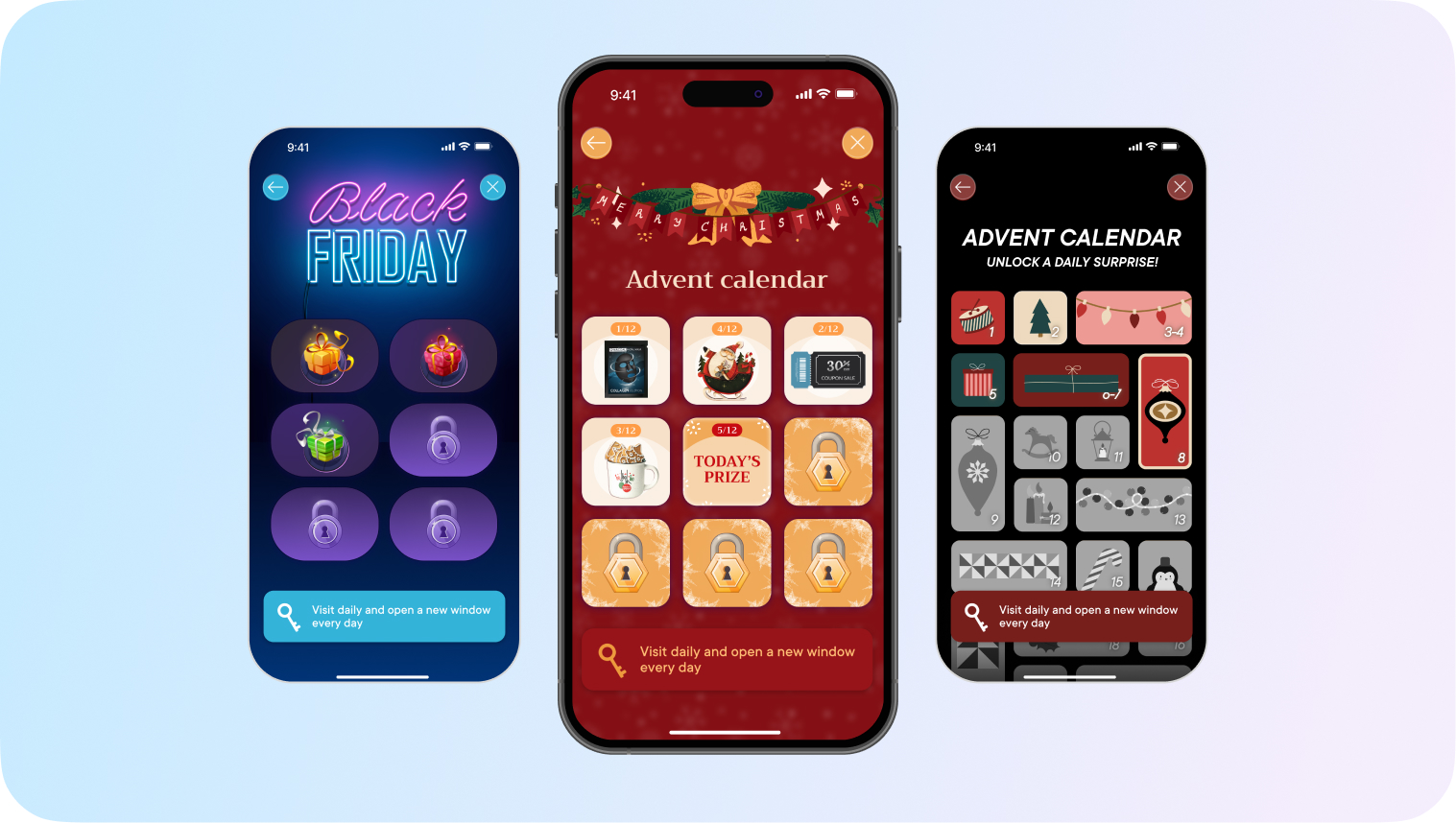
A European food retail app launched a simple New Year mini-game and recorded 2.5M+ sessions, 400K unique players, and 1M promo codes in a slow month.
Step 5. Bring social proof into PDP and PLP
People trust people. UGC near the purchase decision raises confidence and reduces the need for deeper discounts.
How to do it in your app
Embed native UGC blocks on product and list screens. Keep the author handle and source. Place Add to cart near the UGC so interest becomes action. Refresh weekly with a “review of the week” story.
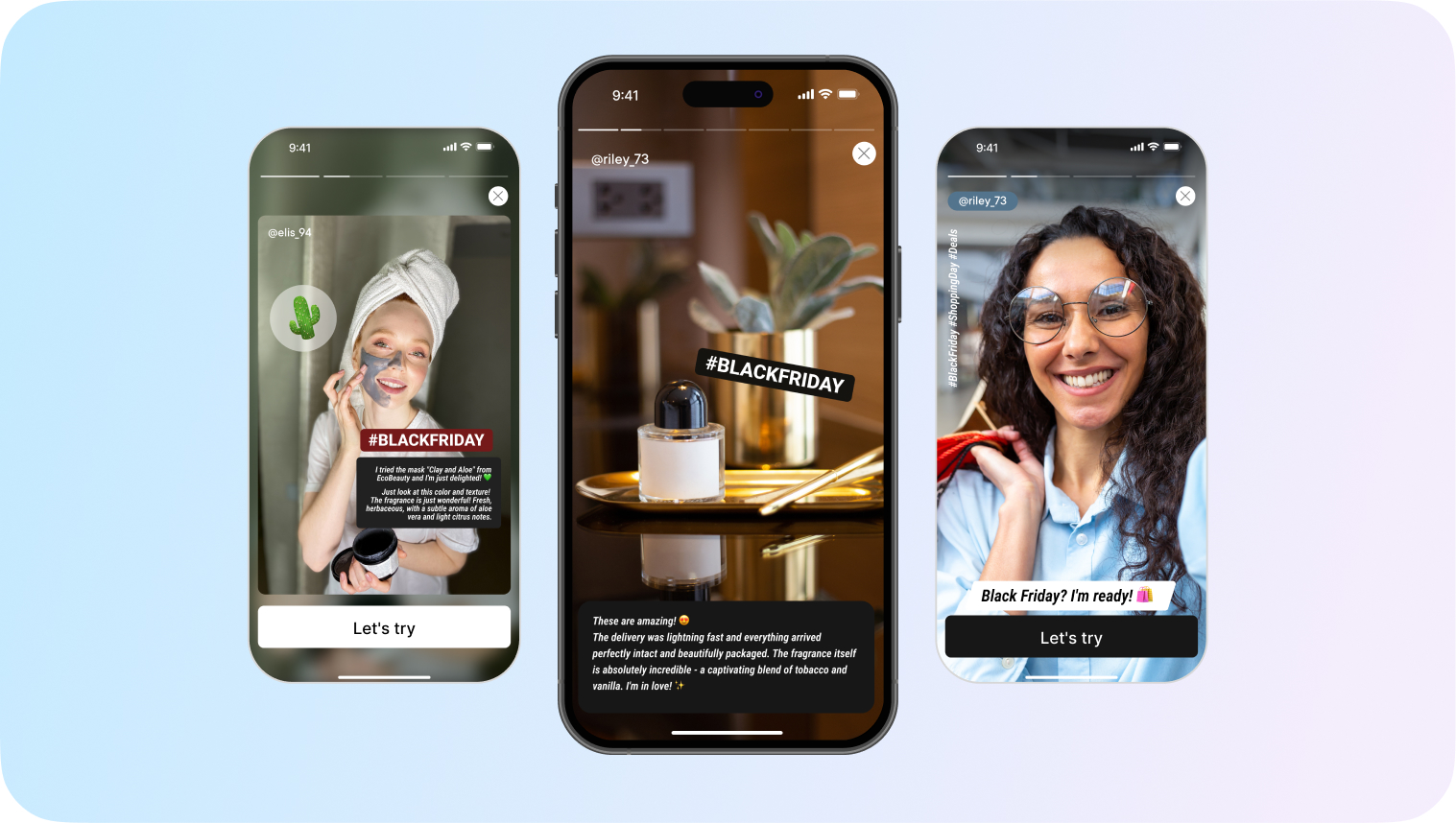
Step 6. Control frequency and protect the experience
One bad experience can end a relationship. 76% of people say they would stop doing business with a company after a single bad experience. Set rules that prevent fatigue.
How to do it in your app
Use per-user frequency caps and viewing limits for banners and stories. Prioritize the single highest-value message per screen. When in doubt, prefer in-app placements users choose to open rather than extra pushes.
Step 7. Measure the full loop, not just CTR
Views and clicks are not loyalty. Repeat purchase and lifetime value are.
How to do it in your app
Track impressions, taps, add-to-cart, coupon redemption, and repeat orders by placement. Review weekly. Move winners to higher priority or to the hero slot. If taps are high but orders flat, fix the landing screen or extend the story with a clearer CTA.
Top-performing loyalty programs often boost revenue from redeemers by 15 to 25% through higher purchase frequency or basket size. Tie your in-app placements to those outcomes.
Conclusion
You do not earn loyalty with a points table. You earn it every time someone opens your app and feels helped. Show value right on the home screen. Teach with short stories. Reward real actions. Keep the next step obvious. When that happens, your users stay longer and come back more often.
You can start small. One hero slot on Home. One three screen story. One one minute challenge that gives a useful perk. Watch taps and follow through. If it works, move it higher. If not, retire it and try another angle.
In the end your program is not built by a single campaign. It is built by you shipping tiny improvements again and again. Show value.
This is where InAppStory steps in. Designed as an all-in-on solution for mobile app engagement, InAppStory combines cutting-edge tools with ease of integration and expert support.

Why choose InAppStory?
- Fast integration: With its lightweight SDK, InAppStory allows you to integrate visual engagement tools starting from 1–2 days, with the exact timeframe depending on the app’s complexity.
- Comprehensive toolset: Features like full-screen stories, dynamic onboarding, gamified challenges, and targeted in-app messaging make it a one-stop solution for all engagement needs.
- No-code flexibility: A visual editor empowers marketing teams to create and launch content instantly, freeing up developers for other tasks.
- Expert guidance: InAppStory’s team offers tailored support at every step, from integration to content optimization.
Whether it’s onboarding, engagement, or monetization, InAppStory ensures your app doesn’t just look good — it works better.

